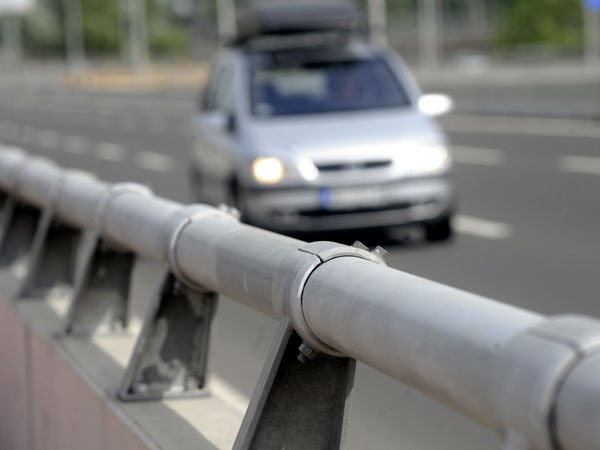In roads with only two lanes and oncoming traffic, making the roads wider can reduce traffic accidents when traffic volumes are high.

A new TØI report Safety effects of cross section elements describes how traffic accidents are affected by different road standards. Safety relevant cross section elements include the median and the number of lanes, as well as the width of the pavement, lane, and shoulder. The report presents results from a review of international literature on these cross section elements, with main focus on roads similar to typical Norwegian roads in terms of cross section and volume (below 80.000), and an analysis of Norwegian rural to-lane roads.
If the road width is increased by 30 cm on two-lane roads in sparsely populated areas, the accident reduction is estimated at 2.2 per cent. The effect increases with higher traffic volume (year-round traffic over 2000). At low traffic volumes (year-round traffic below 1500), on the other hand, an increase in road width on average leads to more accidents when other factors stay unchanged.

The report analyzes a number of factors related to road design and the effect on traffic accidents:
- Lane width: Wider roads, fewer accidents On two-lane roads in sparsely populated areas wider lanes decrease the number of accidents when traffic volumes are high (year-round traffic over 2300). When traffic volumes are low, however, the number of accidents increase
- Shoulder width: When comparing roads with narrow or unpaved shoulders with roads where the shoulders are wider fewer accidents occur, especially when the traffic volumes are high, and in curves
- Lane vs. shoulder width: When having to choose between wider road shoulders or wider lanes, wider shoulders is safer in most cases
- Number of lanes: Increasing the number of lanes usually decrease the number of accidents. However, if the increase in the number of lanes are at the expense of center sections and lane widths the effect is not the same
- Center sections: On average, roads with center sections have fewer accidents than roads without center sections
- Overtaking lanes: Overtaking lanes, ie. Aa additional third lane on a two-lane road where traffic can overtake slower traffic, usually reduce the number of accidents
- Safety zones: Safety zones that are free of fixed obstacles alongside roads reduce the number of downhill accidents and the degree of damage in these, especially in curves and at high traffic volumes.
- Among fixed obstacles on roads, bridge piers, trees, poles and rock cuttings pose the greatest risk of serious injuries in collisions. Ditches and water also cause a higher degree of damage in downhill accidents
Read more:
Alena Katharina Høye: Safety effects of cross section element. TØI Report 1831/2021.
(In Norwegian, with a summary in English).
Text: Hanne Sparre-Enger, TØI

Contact:
Alena Katharina Høye
alh@toi.no
TØI Institute of Transport Economics, Norway






Follow us: